Product Overview
† commercial product
Liothyronine Sodium Capsules comprise a synthetically produced crystalline form of triiodothyronine (T3), the most biologically active thyroid hormone generated in human physiology. Whereas levothyroxine (T4) predominates in thyroidal secretion, peripheral de-iodination rapidly converts only a fraction of circulating T4 into T3; direct oral supplementation with liothyronine therefore offers a rapid, predictable method of elevating serum T3 for patients whose endogenous conversion is inadequate or who require prompt replacement. Clinically, compounded liothyronine has been employed for primary, secondary, and tertiary hypothyroidism, adjunctive suppression in differentiated thyroid carcinoma, select cases of severe depression resistant to standard therapy, and diagnostic thyroid-stimulating hormone (TSH) suppression testing. The capsule formulation compounded under §503A permits prescribers to individualize therapy across a broad microgram range-5 mcg to 50 mcg-allowing fine titration for pediatric patients, those with residual endogenous function, or individuals experiencing adverse effects at higher increments. Compared with commercially manufactured tablets, the encapsulated product may omit certain dyes or excipients, a consideration for patients with excipient intolerance. Pharmacokinetically, liothyronine exhibits almost complete gastrointestinal absorption, peak plasma concentrations within four hours, a distribution half-life of roughly 24 hours, and extensive protein binding; these characteristics translate into rapid symptom relief but also impose a narrow therapeutic index, necessitating careful monitoring of serum TSH, free T3, and free T4 as well as cardiovascular status. Historical experience since the agent’s approval in 1956 underscores its potential to reverse myxedema coma and severe hypothyroid psychosis yet equally highlights the risk of precipitating thyrotoxic states if dosing exceeds physiological replacement or if prescribers fail to adjust for comorbid adrenal or cardiac disease. Contemporary professional societies recommend reserving liothyronine for specific indications or for patients who do not achieve euthyroid symptom resolution on levothyroxine monotherapy, reinforcing its status as a prescription-only, physician-monitored therapy.[1]
For chronic replacement in otherwise healthy adults transitioning from levothyroxine, a typical initial dose is 5 mcg every eight hours, advancing by 5-10 mcg increments at 7-day intervals until clinical and biochemical euthyroidism. In de novo hypothyroid adults without cardiac disease, total daily doses of 20-25 mcg divided two or three times achieve physiologic free T3 levels for most patients; geriatric or coronary-artery-disease patients begin at 2.5 mcg once daily with cautious up-titration. Severe myxedema coma demands intravenous liothyronine at 10-20 mcg bolus followed by 10 mcg every 4 hours until body temperature and consciousness improve, then transition to oral therapy. Pediatric dosing commences at 0.8-1.0 mcg/kg/day in neonates, tapering to 20 mcg/m²/day by adolescence. Individualized compounded capsules in 5-, 10-, 15-, 20-, 25-, and 50-mcg strengths facilitate fine dosing adjustments and excipient avoidance.[7]
Liothyronine is an L-isomer that binds with high affinity to nuclear thyroid hormone receptors (TRα1, TRβ1, TRβ2) distributed across nearly every tissue. Upon entering the cell via monocarboxylate transporters, T3-receptor complexes translocate to thyroid hormone response elements on chromatin, recruiting co-activator proteins and modulating transcription of genes involved in oxidative metabolism, mitochondrial biogenesis, β-adrenergic receptor density, and lipid-carbohydrate homeostasis. This genomic influence increases basal metabolic rate, augments oxygen consumption, and orchestrates developmental processes such as neurogenesis and skeletal maturation. Beyond the nucleus, liothyronine exerts non-genomic actions at the plasma membrane integrin αvβ3, triggering MAPK and PI3K pathways that acutely alter myocardial contractility and vascular tone-effects responsible for its faster onset compared with T4. Hepatic first-pass de-iodination and conjugation facilitate renal and biliary clearance, yet polymorphisms in de-iodinase type 2 or transporter genes may blunt T3 generation from T4, rationalizing direct T3 supplementation in select genotypes. The hormone’s limited plasma half-life explains twice-to-thrice-daily conventional dosing, though emerging sustained-release matrices seek to mimic physiologic diurnal variation and attenuate post-dose tachycardia spikes.[2]
Liothyronine therapy is categorically contraindicated in patients with uncorrected adrenal insufficiency because exogenous thyroid hormone accelerates cortisol clearance and can precipitate adrenal crisis. Active, uncontrolled thyrotoxicosis from Graves’ disease, toxic multinodular goiter, or factitious intake also precludes administration, as additional T3 would intensify hyper-metabolic sequelae. Recent (within past two weeks) myocardial infarction, acute myocarditis, and uncompensated heart failure represent absolute contraindications owing to T3-induced increases in myocardial oxygen demand and risk of arrhythmia or ischemia. Relative contraindications include untreated angina pectoris, longstanding atrial fibrillation, and pregnancy complicated by uncontrolled gestational thyrotoxicosis; in these settings prescribers weigh benefit against propensity for worsened tachyarrhythmia or fetal exposure to supra-physiologic T3. Hypersensitivity to liothyronine or formulation components is rare but mandates discontinuation. Thorough endocrine evaluation to exclude concomitant pituitary or hypothalamic disease is essential, because inappropriate T3 dosing in secondary hypothyroidism without glucocorticoid replacement could uncover adrenal insufficiency.[3]
Liothyronine displays clinically significant pharmacodynamic and pharmacokinetic interactions. Oral anticoagulants such as warfarin exhibit potentiated hypoprothrombinaemic effects when thyroid hormones accelerate hepatic catabolism of vitamin K-dependent clotting factors; prothrombin time must be rechecked 4-6 days after initiating or adjusting T3. Sympathomimetics (epinephrine, albuterol, pseudoephedrine) demonstrate additive chronotropic and inotropic actions, increasing risk of palpitations or hypertension. Tricyclic antidepressants and serotonin-norepinephrine re-uptake inhibitors may synergistically heighten adrenergic tone, necessitating gradual titration. Conversely, calcium carbonate, ferrous sulphate, cholestyramine, and sucralfate chelate or adsorb liothyronine in the gut, reducing bioavailability when co-administered; a four-hour separation window is advised. Enzyme inducers such as phenytoin, carbamazepine, and rifampin accelerate hepatic T3 clearance, whereas estrogen therapy and some protease inhibitors increase thyroxine-binding globulin, indirectly altering free T3 fractions. Corticosteroids at pharmacologic doses transiently reduce peripheral T4-to-T3 conversion, potentially necessitating dose readjustment after steroid taper.[4]
Adverse reactions to liothyronine largely mirror manifestations of hyperthyroidism and are dose dependent. Early signs include heat intolerance, diaphoresis, tremors, insomnia, and nervousness, often emerging within days of initiation owing to T3’s rapid absorption. Cardiovascular effects-palpitations, sinus tachycardia, premature atrial contractions-are common in sensitive populations such as the elderly or those with latent ischemia; persistent sinus tachy-arrhythmia warrants electrocardiographic evaluation and dose reduction. Prolonged supratherapeutic exposure provokes weight loss despite hyperphagia, muscle wasting, and reduced bone mineral density secondary to increased osteoclastic turnover. In rare instances, precipitated thyroid storm presents with high-grade pyrexia, delirium, and congestive heart failure requiring intensive care. Transient alopecia may occur during the first months of pediatric therapy. Allergic reactions to capsule excipients are exceedingly uncommon but include urticaria and pruritus. Laboratory anomalies can reveal mild hyperglycemia, reduced serum cholesterol, or elevated liver transaminases, typically resolving after dose adjustment.[5]
Thyroid hormones are vital for fetal neurodevelopment, and maternal hypothyroidism correlates with impaired cognitive outcomes.
Liothyronine is classified as pregnancy category A; available data and decades of clinical experience indicate no teratogenicity when maternal free T3 is maintained within normal gestational limits.
Oral T3 crosses the placenta less efficiently than free T4, yet high maternal doses may suppress fetal TSH and induce transient neonatal thyrotoxicosis.
Standard practice therefore favors levothyroxine monotherapy during pregnancy because of its longer half-life and placental handling, but liothyronine may be cautiously continued in women unable to convert T4 adequately, provided monthly thyroid panels guide dosing.
Lactation studies show minimal excretion into breast milk and no reported adverse infant outcomes, though pediatric thyroid function surveillance is prudent when maternal doses exceed 50 mcg/day.[6]
Compounded liothyronine sodium exhibits physicochemical stability when protected from heat, light, and moisture. Capsules should be dispensed in tight, light-resistant containers and stored at 20 °C-25 °C (68 °F-77 °F) under United States Pharmacopeia (USP) controlled-room-temperature guidelines. Refrigeration is unnecessary and may introduce moisture condensation; however, bulk active pharmaceutical ingredient retains potency for six months at 4 °C if sealed with desiccant. Freezing is contraindicated owing to potential capsule shell brittleness. The beyond-use date for non-aqueous capsules prepared under <795> compounding standards typically does not exceed 180 days, but pharmacists should assign shorter dating if stability studies or licensure requirements dictate.[8]
- DrugBank. (2025). Liothyronine (DB00279). Retrieved July 2 2025, from https://go.drugbank.com/drugs/DB00279
- Medicine.com. (2025). Liothyronine: Dosage, mechanism, onset of action, half-life. https://www.medicine.com/drug/liothyronine/hcp
- Mayo Clinic. (2025). Liothyronine (oral route). https://www.mayoclinic.org/drugs-supplements/liothyronine-oral-route/description/drg-20069093
- Drugs.com. (2025). Liothyronine Interactions Checker. https://www.drugs.com/drug-interactions/liothyronine.html
- Drugs.com. (2025). Liothyronine Side Effects. https://www.drugs.com/sfx/liothyronine-side-effects.html
- Drugs.com. (2025). Liothyronine Use During Pregnancy. https://www.drugs.com/pregnancy/liothyronine.html
- Drugs.com. (2025). Liothyronine Dosage Guide. https://www.drugs.com/dosage/liothyronine.html
- MedChemExpress. (2025). Liothyronine sodium Safety Data Sheet. https://file.medchemexpress.com/batch_PDF/HY-A0070/Liothyronine-sodium-SDS-MedChemExpress.pdf
- RxList. (2025). Liothyronine: Uses, dosage, interactions, warnings. https://www.rxlist.com/liothyronine/generic-drug.htm
- MedCentral. (2024). Liothyronine monograph. https://www.medcentral.com/drugs/monograph/7716-382462/liothyronine-oral
- Frontiers in Endocrinology. (2022). Acute effects of liothyronine on the cardiovascular system. https://doi.org/10.3389/fendo.2022.843539
- Mehran, L., et al. (2023). Pharmacokinetic properties of sustained-release liothyronine. BMC Endocrine Disorders, 23, 182. https://doi.org/10.1186/s12902-023-01434-y
- Endocrine Society. (2019). Pharmacokinetics of liothyronine during thyroid hormone withdrawal. Journal of the Endocrine Society, 3(Suppl 1), MON-LB101. https://academic.oup.com/jes/article/3/Supplement_1/MON-LB101/5484309
- Leow, M. K.-S., & Goede, S. L. (2018). Pharmacokinetics of liothyronine and levothyroxine. In Thyroid Hormone Therapy (pp. 285-311). River Publishers. https://www.taylorfrancis.com/chapters/10.1201/9781003339823-15
- Changes in thyroid metabolites after liothyronine administration: A secondary analysis of two clinical trials. (2022). https://www.researchgate.net/publication/360844227
- ScienceDirect Topics. (2025). Liothyronine - overview. https://www.sciencedirect.com/topics/pharmacology-toxicology-and-pharmaceutical-science/liothyronine
- Hartung, T., et al. (2010). Lethal thyroid storm after uncontrolled intake of liothyronine. Clinical Toxicology, 48, 256-260. https://www.poison.org/-/media/files/pdf-for-article-dowloads-and-refs/hartung-et-al-lethal-thyroid-storm-after-uncontrolled-intake-of-liothyronine.pdf
- emDocs. (2021). ToxCard: Thyroid hormone overdose. https://www.emdocs.net/toxcard-thyroid-hormone-overdose/
What conditions are Liothyronine Sodium Capsules most often prescribed for?
They are primarily used to treat various forms of hypothyroidism, including post-thyroidectomy replacement, congenital thyroid hormone deficiency, and situations where levothyroxine monotherapy fails to relieve symptoms.[9]
How quickly will symptom improvement be noticed?
Because liothyronine reaches peak serum levels within four hours, patients frequently report increased energy or reduced cold intolerance in three to five days, though full steady-state metabolic effects may require two weeks.[10]
Can these capsules be taken with food?
Absorption is maximized on an empty stomach; high-fibre or calcium-rich meals can reduce bioavailability by up to 20 %, so dosing 30 minutes before breakfast with water is recommended.[11]
Is combination therapy with levothyroxine and liothyronine beneficial?
Randomized trials of sustained-release T3 plus T4 show some patients experience superior mood and cognitive outcomes, but benefits are inconsistent, and therapy should be individualized.[12]
What laboratory tests should be monitored?
Serum TSH, free T3, and free T4 should be checked six weeks after any dose change; electrocardiography and bone mineral density may be assessed periodically in high-risk groups.[13]
Does liothyronine interact with psychiatric medications?
Yes; it can augment the effects of tricyclic antidepressants and selective serotonin-reuptake inhibitors, occasionally enabling dose reductions of those agents.[14]
Are there long-term safety concerns?
Observational data suggest chronic high-dose therapy can decrease bone density and increase atrial fibrillation risk; maintaining the lowest dose that normalizes TSH mitigates these outcomes.[15]
What should be done in case of a missed dose?
Take the missed capsule as soon as remembered unless it is within four hours of the next scheduled dose; doubling doses to compensate is discouraged due to tachycardia risk.[16]
How is an overdose managed?
Management is supportive, focusing on β-blockade for tachyarrhythmia, cooling measures, and activated charcoal if ingestion was recent; severe cases may require intensive care for thyroid storm.[17]
Why is compounding necessary when commercial tablets exist?
Compounded capsules permit dye-free formulations, incremental strengths unavailable commercially, and tailored excipient profiles for patients with allergies, ensuring personalized therapy under physician oversight.[18]
Disclaimer: This compounded medication is prepared under section 503A of the U.S. Federal Food, Drug, and Cosmetic Act. Safety and efficacy for this formulation have not been evaluated by the FDA. Therapy should be initiated and monitored only by qualified healthcare professionals.
503A vs 503B
- 503A pharmacies compound products for specific patients whose prescriptions are sent by their healthcare provider.
- 503B outsourcing facilities compound products on a larger scale (bulk amounts) for healthcare providers to have on hand and administer to patients in their offices.
Frequently asked questions
Our team of experts has the answers you're looking for.
A clinical pharmacist cannot recommend a specific doctor. Because we are licensed in all 50 states*, we can accept prescriptions from many licensed prescribers if the prescription is written within their scope of practice and with a valid patient-practitioner relationship.
*Licensing is subject to change.
Each injectable IV product will have the osmolarity listed on the label located on the vial.

Given the vastness and uniqueness of individualized compounded formulations, it is impossible to list every potential compound we offer. To inquire if we currently carry or can compound your prescription, please fill out the form located on our Contact page or call us at (877) 562-8577.
We source all our medications and active pharmaceutical ingredients from FDA-registered suppliers and manufacturers.

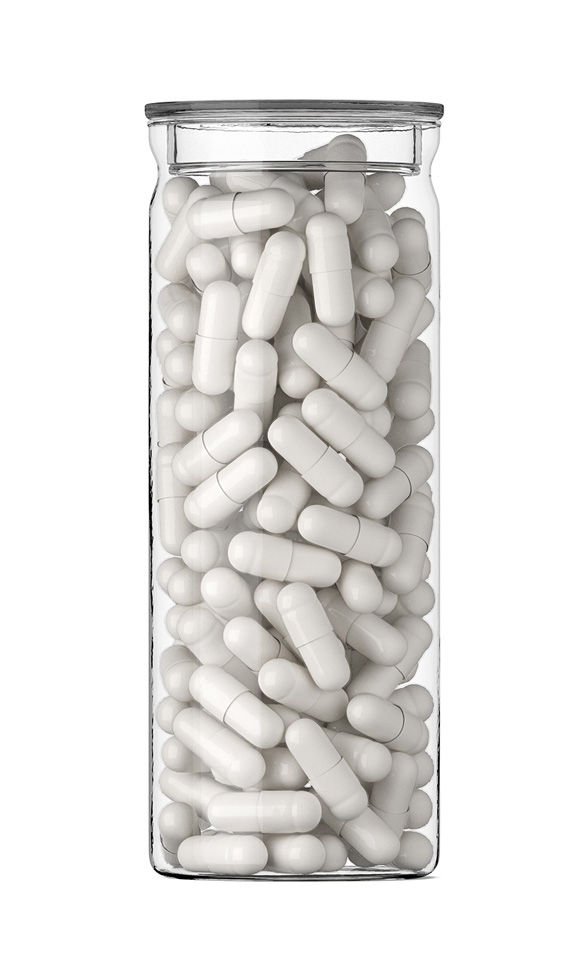
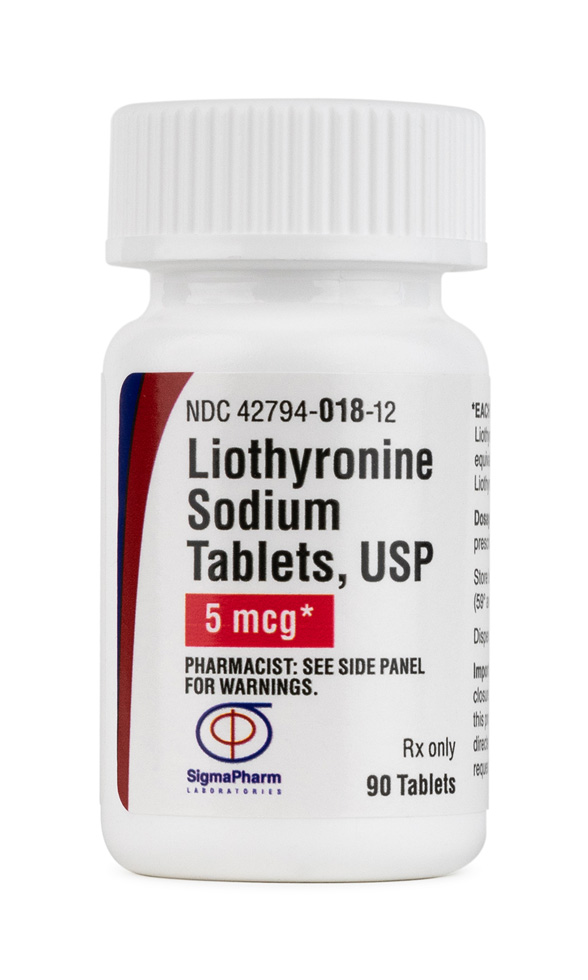
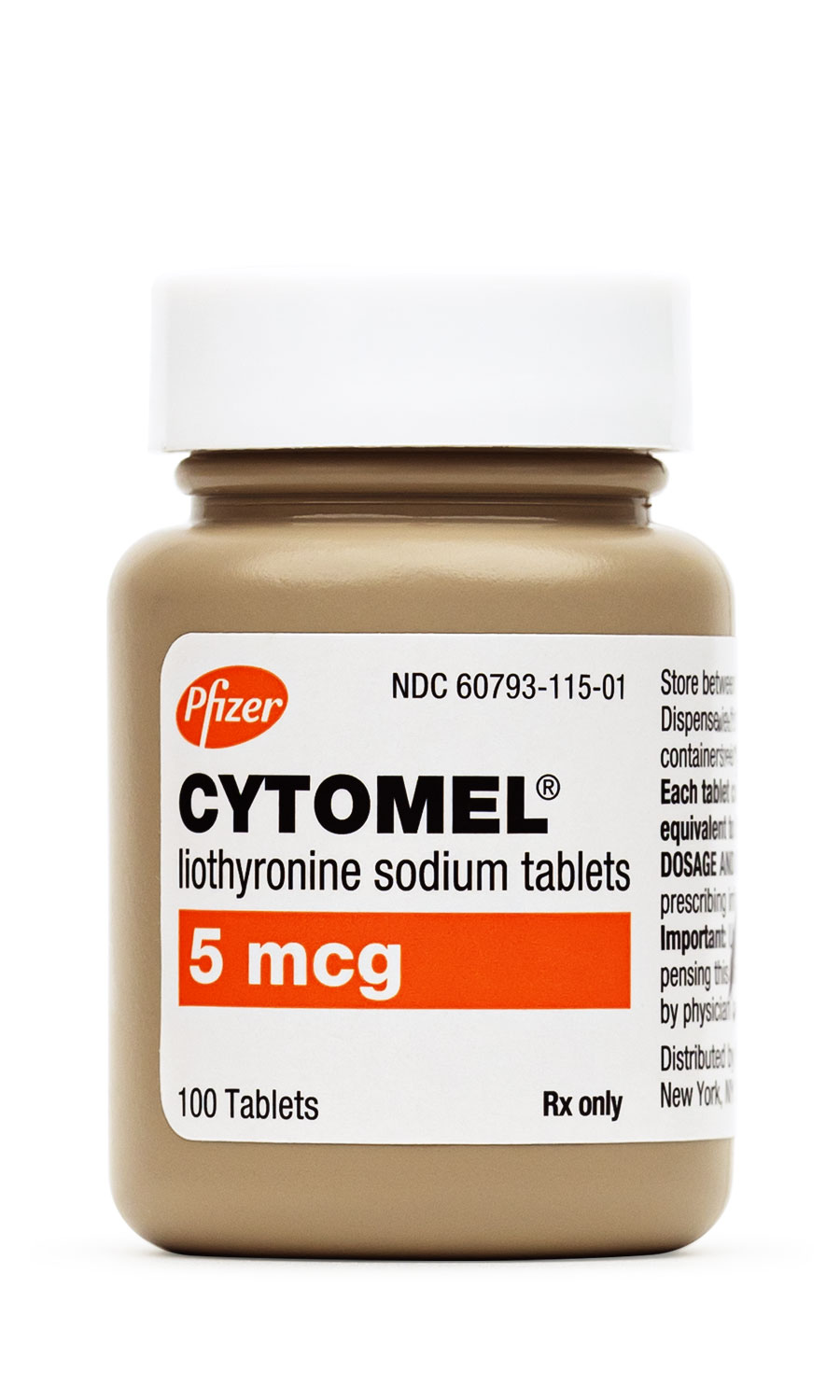
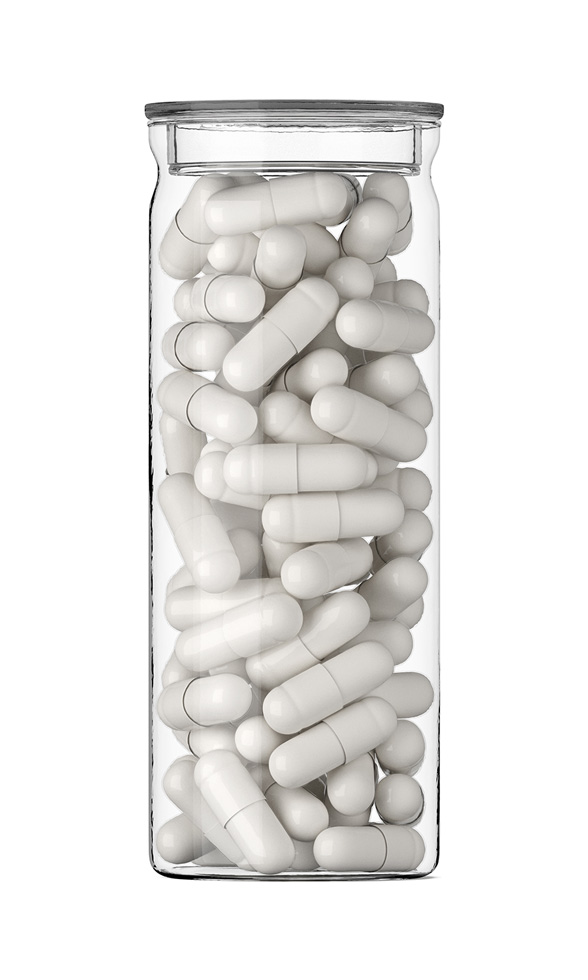 Liothyronine Sodium / Levothyroxine Sodium Capsules
Liothyronine Sodium / Levothyroxine Sodium Capsules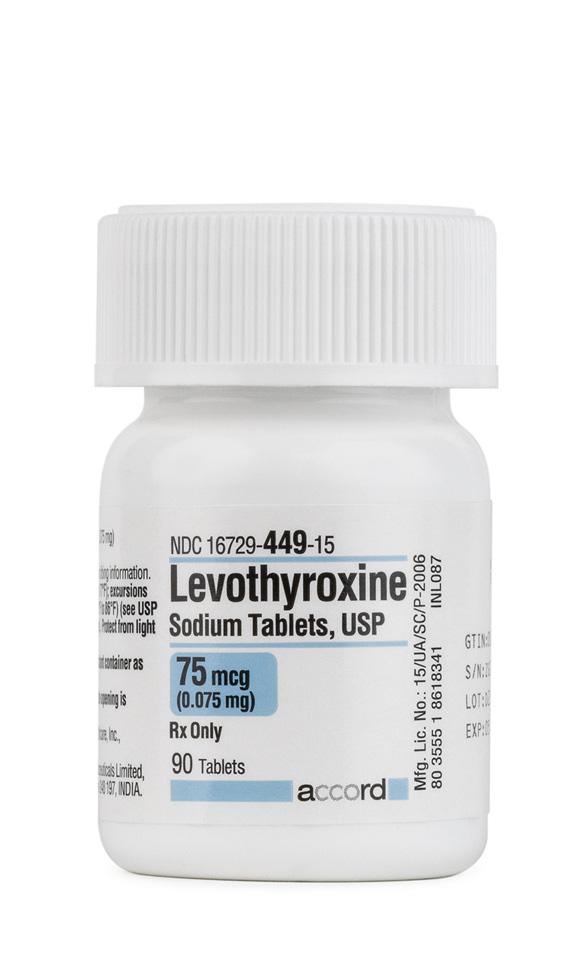 Levothyroxine Sodium Tablets
Levothyroxine Sodium Tablets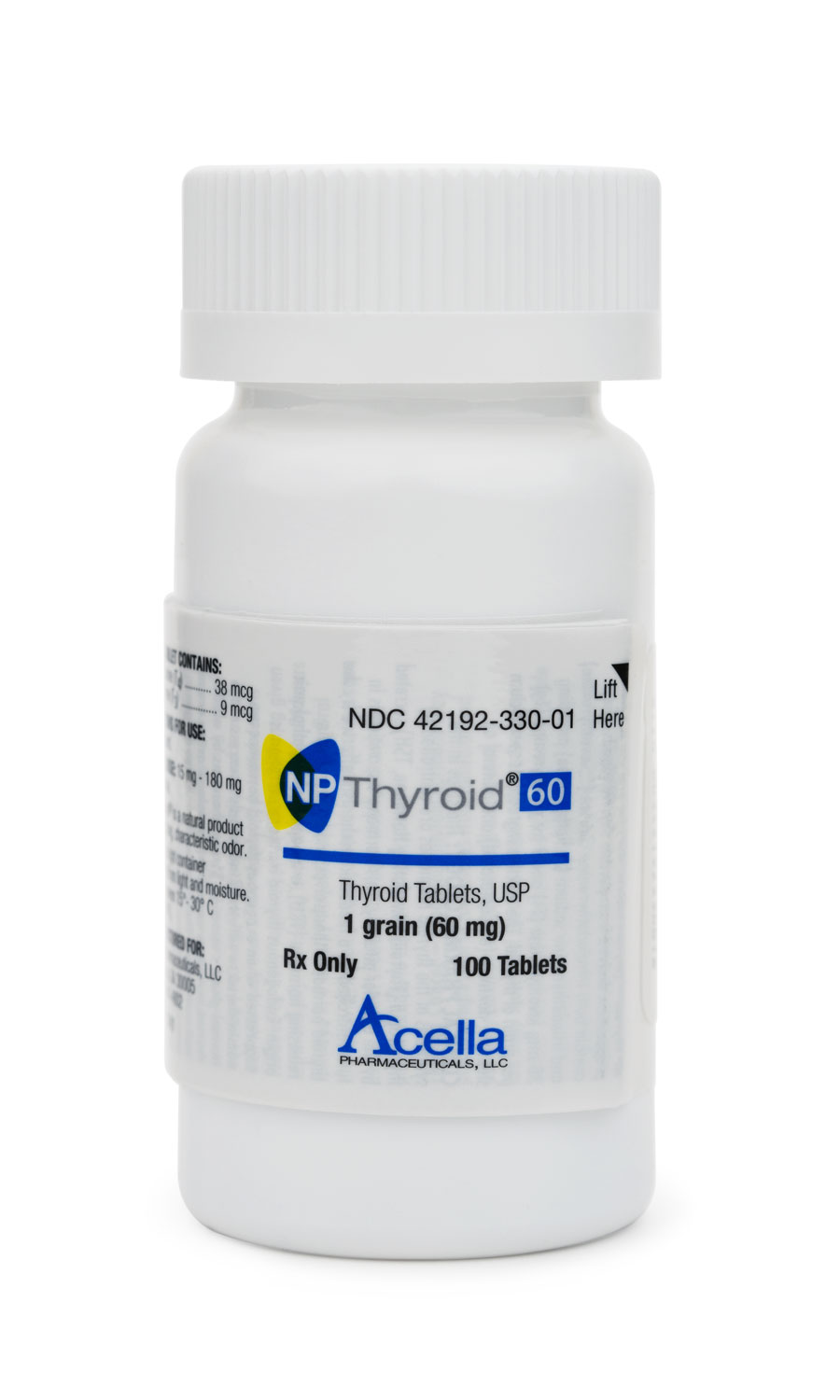 Thyroid Tablets
Thyroid Tablets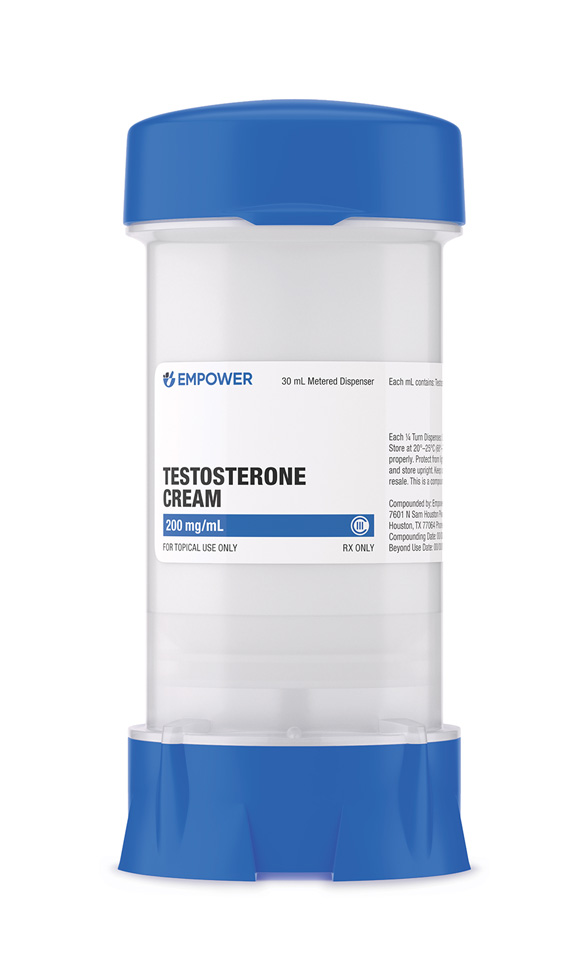 Testosterone Cream
Testosterone Cream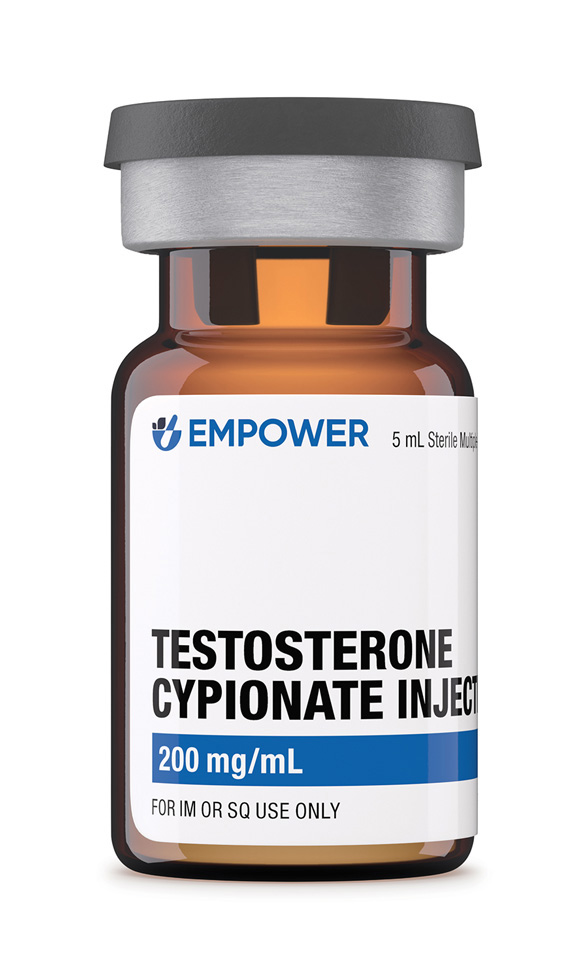 Testosterone Cypionate Injection
Testosterone Cypionate Injection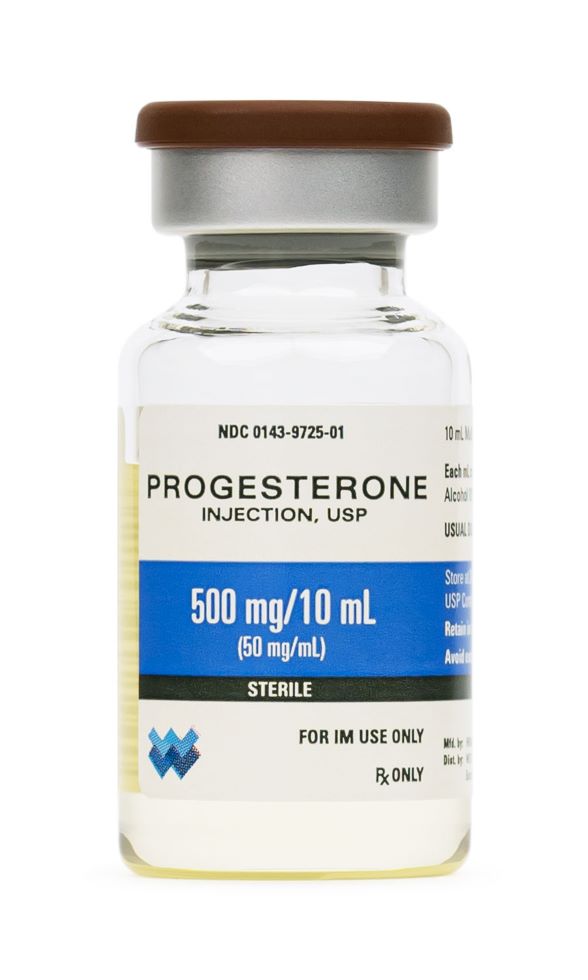 Progesterone Injection
Progesterone Injection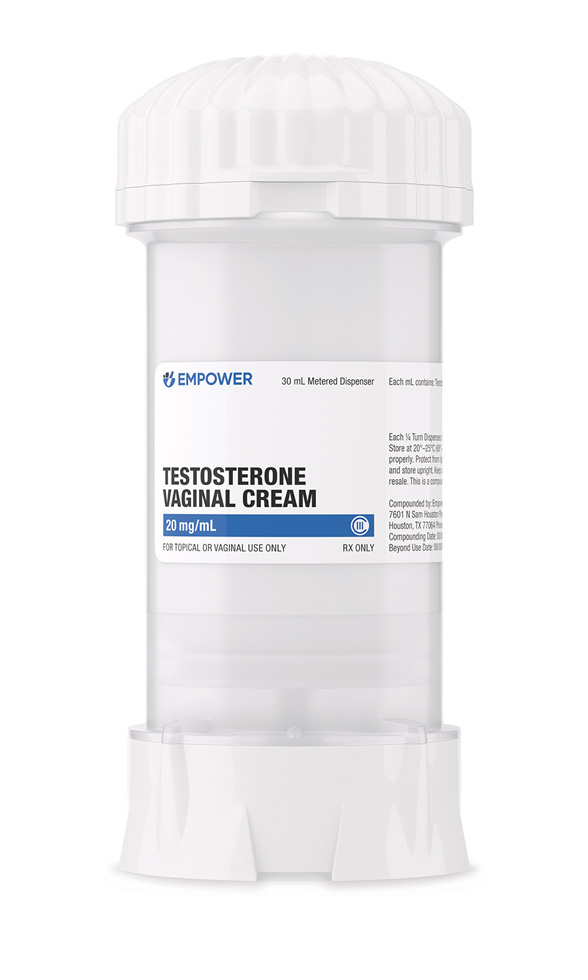 Testosterone Vaginal Cream
Testosterone Vaginal Cream